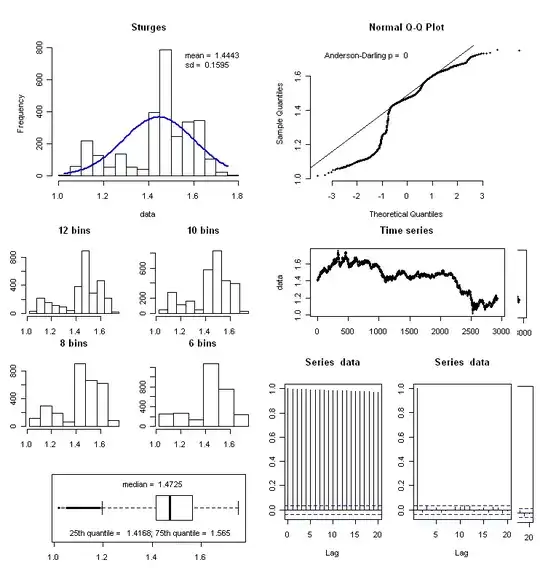I pointed out a problem with averaging values over time here https://www.researchgate.net/publication/344137839_SARS-CoV-2_binds_platelet_ACE2_to_enhance_thrombosis_in_COVID-19/comments in the comments.
How would a statistician describe the problem with the figure in this publication? (I figure if I knew the lingo for describing the problem it would be easier to find the solution. Also, I find it interesting to be in the situation that I had to resort to describing the problem the way I did there.)
I get the sense that linear regression might be the right tool but I’m too ignorant / inexperienced to know.
To make the question more readable, here is a copy of the figure: 
and here is a copy of my comment: In figure 1G, the average is misleading, because it goes up when participants leave the study, which they generally do with low values. So if we look specifically from the 25th to 26th, we notice that none of the values jumped, yet the average jumps up. One did increase slightly but the reason for the jump is that the dark purple case has dropped out. Similarly, if we look specifically from the 27th to 28th, we notice that the only value drops, yet the average goes up. again this is because other cases have dropped off that had low values the previous day. This is just a minor nit and it doesn’t change the conclusions but a better way to show the trend than the average should be used.